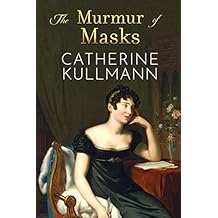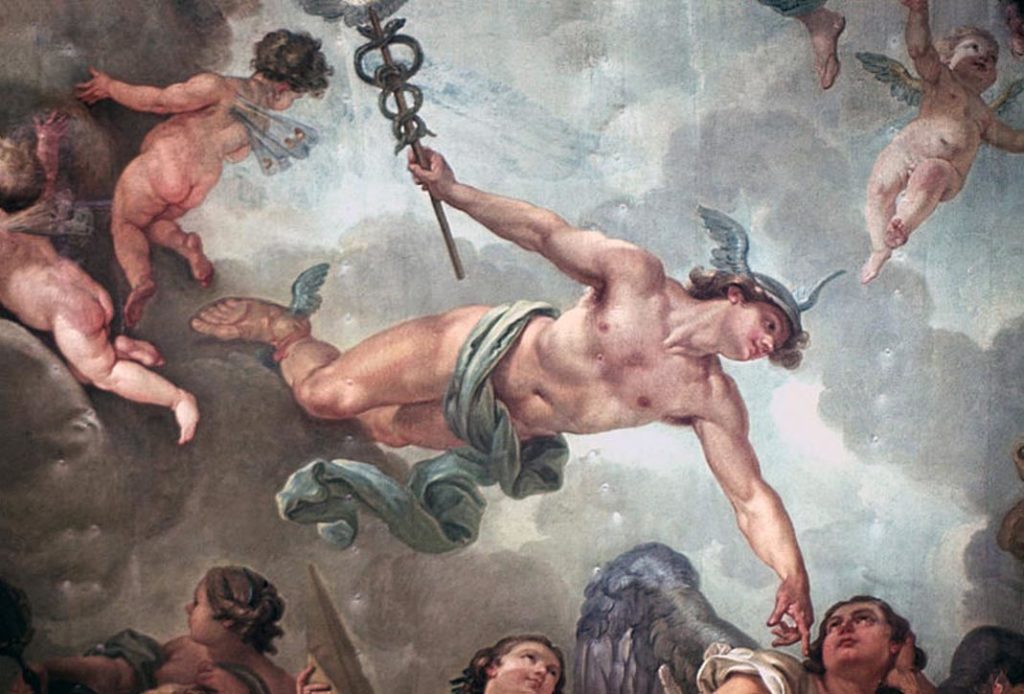 |
Twitter: #DDRevsBrowsingBlogs
interested in having your blog post listed?
Click HERE for submission details |
Have you received an unsolicited email/Tweet re errors in your book and an offer to provide a list of them? You ignored it, of course, then a 1 or 2-star derogatory review appears on Amazon?
YOU ARE NOT ALONE! Click Here... tinyurl.com/y4kqxsh2
* * *
Catherine Kullmann: The first of a series of monthly blogs about the Regency decade. Let us start with a snapshot of the UK on 31 December 1810. All was not well in the island kingdom. Having lapsed in and out of insanity for over two decades, King George III, sober paterfamilias, was finally deemed incapable of undertaking any affairs of state. Preparations were set in train to appoint as Regent his eldest son and heir, the affable, extravagant and adulterous Prince of Wales.


Alex Marchant: Author visit to Grange Technology College - I was delighted to have been asked to visit a local senior school in Bradford, West Yorkshire, this week to discuss and read from The Order of the White Boar.
Read More >
https://alexmarchantblog.wordpress.com/2019/02/16/author-visit-to-grange-technology-college/
Deborah Swift: 7 things you (probably) didn’t know about Samuel Pepys - The diary of Samuel Pepys (1633–1703) gives us a fly-on-the-wall account of life during the 17th century – from the devastation of war and plague, to the triumphant return of Charles II. But did you know that Pepys ‘rescued’ a cheese during the Great Fire of London and once kept a lion as a pet? Deborah Swift, author of novel Pleasing Mr Pepys, reveals seven fascinating facts about the diarist…
Read More >
https://www.historyextra.com/period/stuart/samuel-pepys-diary-fire-london-cheese-facts/
Alison Morton: Mercury (or Hermes in the Greek pantheon of gods) is said to be the inventor of the written alphabet, god of writing/literature, speech, travellers, treaties and dreams amongst other things but is best know as the gods’ messenger. He’s also is the one invoked by thieves and tricksters… I invoke him on the subject of themes in a book as it’s difficult to talk about the theme in your own book without sounding pretentious. He’s the messenger with a tricky mission. His dual nature brings me back to earth.
Read More >
https://alison-morton.com/2019/01/14/the-theme-in-a-book-what-in-mercurys-name-is-that/
PREVIOUSLY:
"I have been enjoying the series Victoria on PBS. (It was so exciting that series 3 premiered in the U.S. BEFORE showing in the UK!) One character I particularly like is Mr. Francatelli, the chef in the palace. While it is true that Queen Victoria’s household did include a cook named Francatelli, there is a big difference between the way he is depicted in the television series and the known facts about him."
Alice Poon : On this day (January 27) in 1688, a pivotal historical figure from the Qing Dynasty passed away....
"On this day (January 27) in 1688, a pivotal historical figure from the Qing Dynasty passed away. This person was a Mongolian princess named Borjigit Bumbutai, better known as Empress Dowager Xiaozhuang, who was the progenitor of all subsequent Qing Emperors. She is the protagonist of my novel The Green Phoenix.
The life and deeds of this Mongolian princess were critical to Chinese history in that she was directly responsible for preventing disintegration of the fledgling Qing Empire in its early days......"

John F. Millar: Small State Big History (Rhode Island blog) The founding of a pirate republic in Madagascar pirates William Mayes and Thomas Tew . Contrary to the popular image of Johnny Depp’s Jack Sparrow character as an amiable buffoon, pirates in their day were usually cruel thugs, petty criminals, and international terrorists. Pirates had an easy relationship with colonial Rhode Island because the colony’s elected governor would frequently grant privateering commissions in exchange for large fees paid personally to the governor, with few questions asked.
Newport House is just outside Colonial Williamsburg,
Virginia
(highly recommended!)
"The year 1938 was an interesting one in America. The nation started to ease out of the Great Depression around the time President Franklin D. Roosevelt began implementing his New Deal initiatives in 1933 and by the end of the decade, financially, things were looking up for many Americans. At the same time as American were starting to get their feet back on the ground, tensions were mounting in Europe with the rise of the Nazi party that would explode into World War II in 1939."

"Every movie lately seems to come out with “The Making of ...” clips. Well, here is a little insight into The Making of my historical novel of Ancient Egypt (3080 BC).
How much research should (or must) a writer do on his or her chosen era? My answer: A lot. Next, how much “real history” should be incorporated into a novel. I say, a lot less than the writer gleaned through research. After all, it’s fiction. But when citing historical facts, they do need to be, well, factual. And that's when it gets tricky ...

Today’s tale, an extract from my book 'Close to the Edge - Tales from the Holderness Coast' is of the 13th/14th century lost town of Ravenser Odd, now lying under the North Sea, off the Humber estuary in East Yorkshire.
By and large they were a bad lot in Ravenser Odd:
“The town of Ravenser Odd was an extremely famous borough, devoted to merchandise with many fisheries and the most abundantly provided with ships and burgesses of all the boroughs of that coast. But yet, by all its wicked deeds and especially wrong-doings on the sea, and by its evil actions and predations, it provoked the vengeance of God upon itself beyond measure.”

What a day! I have received notification that “Faith, Hope and Trickery” has been shortlisted for the inaugural Selfies Award, which I entered back in December. It’s one of eight books in the running and the winner will be announced at the London Book Fair on 12 March 2019. I had already booked my ticket for that day, as I’ve never been to the LBF before (I want to walk around with “Author” on my ID badge), and I wanted to support the Selfies even if I was not personally involved. But now I will be – great excitement!
* * *
Alison Morton: Where DID those Roma Nova titles come from?
Choosing book titles is like being prodded by Pluto in the underworld with a red hot trident for eternity. One commenter on social media said: “They sound great, but I can’t help but cringe at the titles. Not quite Latin. I suppose that’s probably the point, but ouch. Intriguing, though.“
I admit, I thought ‘ouch’ back, but also smiled to myself. Perhaps she hadn’t looked them up on one of the excellent online dictionaries such as Perseus (Tufts University), LatDict, Notre Dame University or a good paper Latin dictionary (OLD or Collins).
So I’m taking the opportunity of changing the covers to spiffy new ones to go into the gory detail. You have been warned… READ MORE >
Anna Belfrage : The ultimate sacrifice – of a man, his honour and his son
Remember my recent post about Fernando IV? I began by describing just how tumultuous the reign of his father was, Sancho IV being plagued by one rebellion after the other. Why? Because very many felt Sancho had usurped the throne, thereby setting aside the rights of his little nephew, Alfonso de la Cerda. I bet quite a few of those rebelling against Sancho also thought life would be much easier in a country nominally controlled by an untried youth than it was under Sancho’s capable, if somewhat hard-handed, rule. READ MORE >
In 1066, when Edward the Confessor died, Harold Godwineson was declared king. Yet he felt the need to ride north to secure the pledges of the northern nobles, and thought it prudent to forsake his long-term partner and marry the sister of two powerful northern earls. Why?
Smugglers!
Five and twenty ponies,
Trotting through the dark –
Brandy for the Parson, ’Baccy for the Clerk.
Laces for a lady; letters for a spy,
Watch the wall my darling while the Gentlemen go by!
‘Gentlemen’? Were smugglers really gentlemen?
Smuggling. The very word conjures an image of a quiet moonlit night, a tall ship rocking gently at anchor out in a slightly wind-ruffled bay and men wearing three-cornered hats making their swift, but silent, way along remote West Country lanes that zigzag between high banks and thick, foxglove and cow-parsley-strewn hedgerows. The men are leading a string of pack ponies tied nose-to-tail, their hooves muffled by rough sacking. On the ponies’ backs are casks of brandy or kegs of tobacco… But is that how smuggling really happened?










































